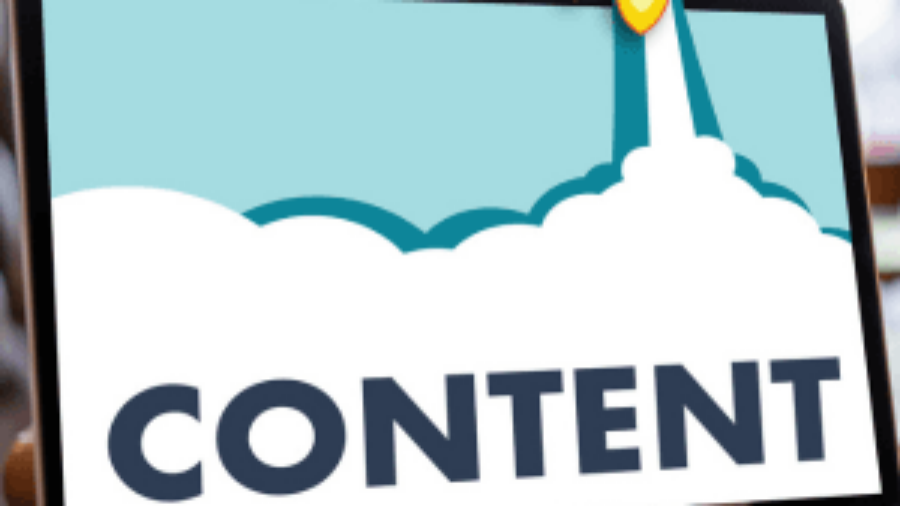In recent weeks the topic of forecasting for SEO has been widely discussed here at Cedarwood and as we are in the thick of pitching season, being able to provide data-backed forecasts for clients plays an important role in helping them to understand the type of ROI they can expect to get from our services, while also helping them to sell the service internally in at a higher level.
Forecasting has always been a tricky topic since the dawn of time, especially when you are dealing with an area such as SEO where you are very much at the behest of Google when it comes to algorithm updates and elements which can impact your performance no matter what you do.That said, being able to provide clear guidance and an outline of what is achievable plays a key role in being able to showcase the benefit that you can bring, so investing some time into forecasting effectively and setting up milestones along the way, goes a long way to showcasing a positive ROI and the value that SEO can bring.
Why Do I Need To Forecast For SEO?
Forecasting plays an important role in identifying ROI from an SEO campaign and while ROI on SEO is much harder to initially measure compared to other channels such as PPC, being able to give some guidance on what the available opportunity is, helps to quantify the role that SEO plays within the wider marketing mix and show the value that it can offer.
What Should I Include Within My SEO Forecasting?
While overall SEO forecasting is designed to give an idea of clear ROI and set targets for the first 6/12 months of a campaign, SEO forecasting should also look at the bigger picture of what an effective SEO strategy can offer, this can include:
📍Impact on other channels – while SEO will drive leads in its own right, it’s likely that implementing an effective SEO campaign will have a knock on impact on other channels. Reviewing assisted conversions and other metrics can help you to identify the type of impact this could have, which can be particularly prevalent for users who might have multiple touchpoints, where SEO is just the first step of the journey
📍Overall awareness – in addition to measuring conversions and return, forecasting can also be utilised to identify how brand awareness can grow within an SEO campaign, especially if your off-site SEO is focused around digital PR. Referral sales, placements, links and just general brand mentions can all be taken into account when it comes to evaluating potential reach and each of these can contribute to positive brand sentiment, in addition to increasing sales/leads
📍Brand reach – in addition to leads and conversions which can showcase ROI, brand reach is also another area where you can potentially forecast. If you are to gain coverage across key publications what does this mean for additional reach of your brand
Where Do I Start With Forecasting For SEO?
The first place to start with forecasting is through data gathering – to make accurate forecasts, you first need to work with data that’s in place to ensure you’re able to take into account seasonality, on-site conversion rate and any other external factors. Examples of data that you need to collect from your clients include:
➡️Historical Data: Google Analytics can be a great place to start with this, but historical data from your client will give a good idea of where they’ve been and any seasonality that they face, which you can incorporate into your forecasting
➡️Conversion Information: Any information you can gather around Conversions including Conversion Rate, Top Converting Keywords – anything that will help you to quantify the impact that new traffic/improved keyword rankings can have on your website
➡️Order/Conversion Value: Conversion Value is also important as we know that some conversions are more valuable than others – understanding different conversion values allows you to project the business value or ROAS a lot more accurately
➡️Lifetime Value: In addition to the value from a single transaction, there will also be the lifetime value from multiple transactions – initial conversion value might be low, but over time this could grow if they become a repeat customer and it’s important to take this into consideration
Once you have collated your data, you are ready to start the forecasting process.
So How Do I Forecast?
There are a number of different ways that you can forecast, depending on your own personal style, but in general I like to work with high performing keyword positioning and CTR graphs to understand how the growth of high performance pages and keywords can impact growth in conversions and therefore ultimately drive business revenue. This is particularly valuable when grouping the keywords together to understand which sections of the website offer the most opportunity and what that opportunity could look like.
The beauty of this approach is that I’m not relying solely on a metric like “Organic Traffic” which can be impacted by blog posts and other non-converting pieces, rather I’m relying on keywords which I know drive value and conversions so I can be confident in the conversion rate I’m putting forwards and that if I’m forecasting a traffic increase I know that it’s going to have an impact.
I use a spreadsheet that allows me to input keywords, conversion rates, search volumes and associated data and showcases a graph like the below which allows me to understand at a basic level what one, two, three or more position increases would look like both in terms of traffic and in terms of conversions.
While it’s not an exact science, it allows me to look broadly at the impact that SEO can have on a website and quickly identify whether it’s a worthwhile investment (we won’t recommend SEO if we don’t believe it can drive an effective ROI).
Once I’ve pulled together some top level graphs I can then deep dive into different circumstances based on CTR graphs and SERP snippets – i.e. looking at keywords where there are specific SERP features vs others where there are not, or looking at keywords where there might be an easier SERP as it won’t take the same amount of effort to move all keywords on position – that’s why I group my keywords into “themes” at the start and forecast them accordingly.
Once I have all of this, I focus on the main outcome – total conversions – and then use conversion value to place a metric on this which relates to ROAS from their initial SEO spend. I often convert this into a multiplier to showcase the value of SEO investment that we hope to achieve.
By doing all of this we are able to give some guidance to our clients of what we expect them to receive from SEO and what is realistic within a given timeframe. As with anything to do with SEO we know we are at the behest of Google, but this is still a great place to start!
If you’d like to find out more about SEO forecasting, or the opportunities that might be available to you, get in touch!



























